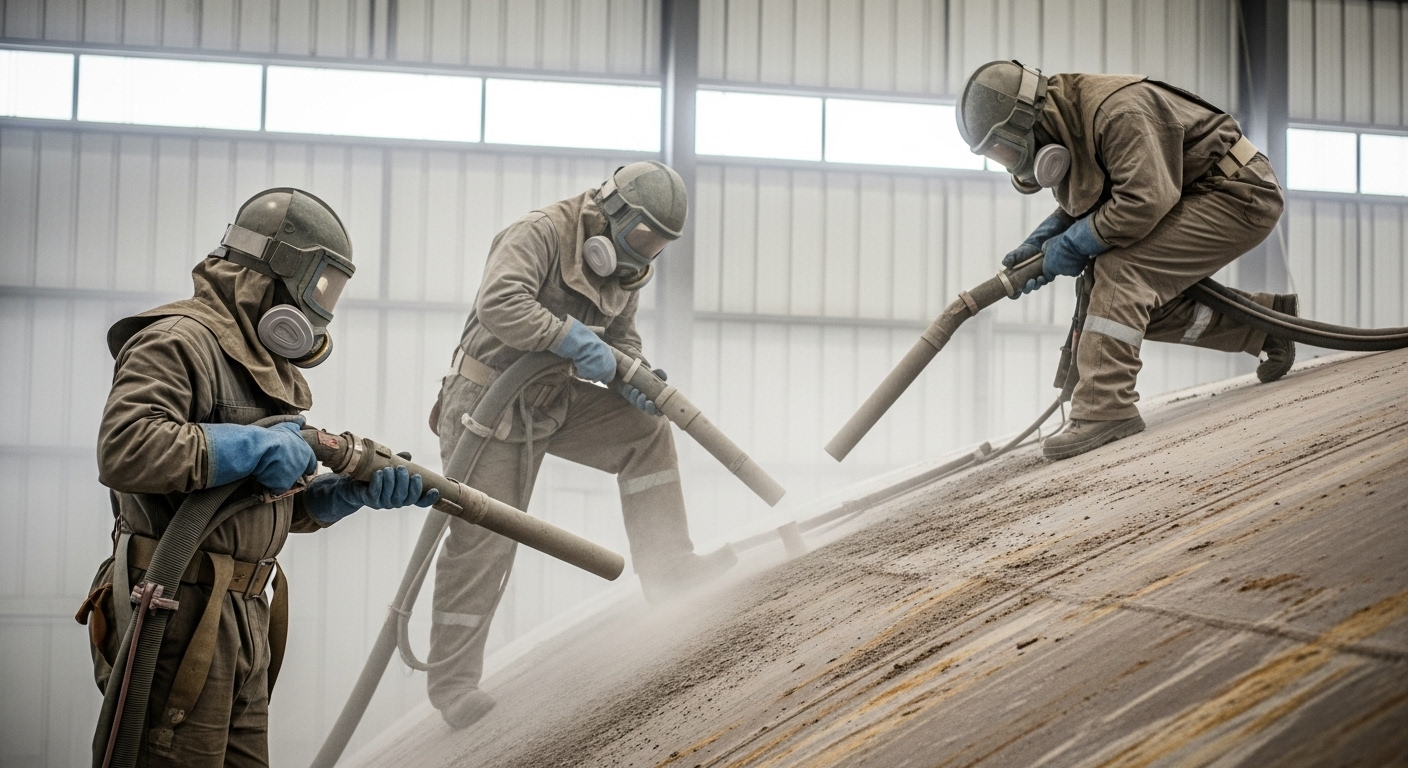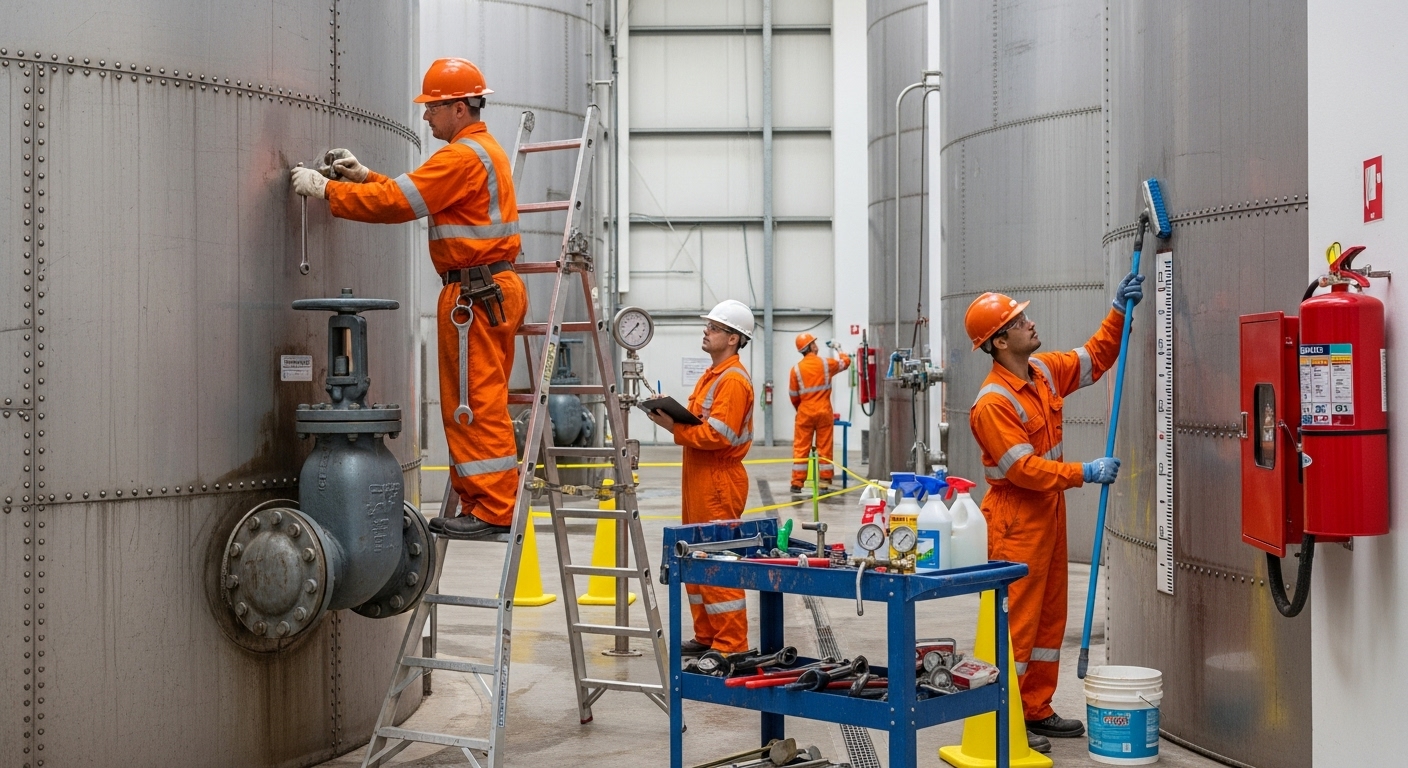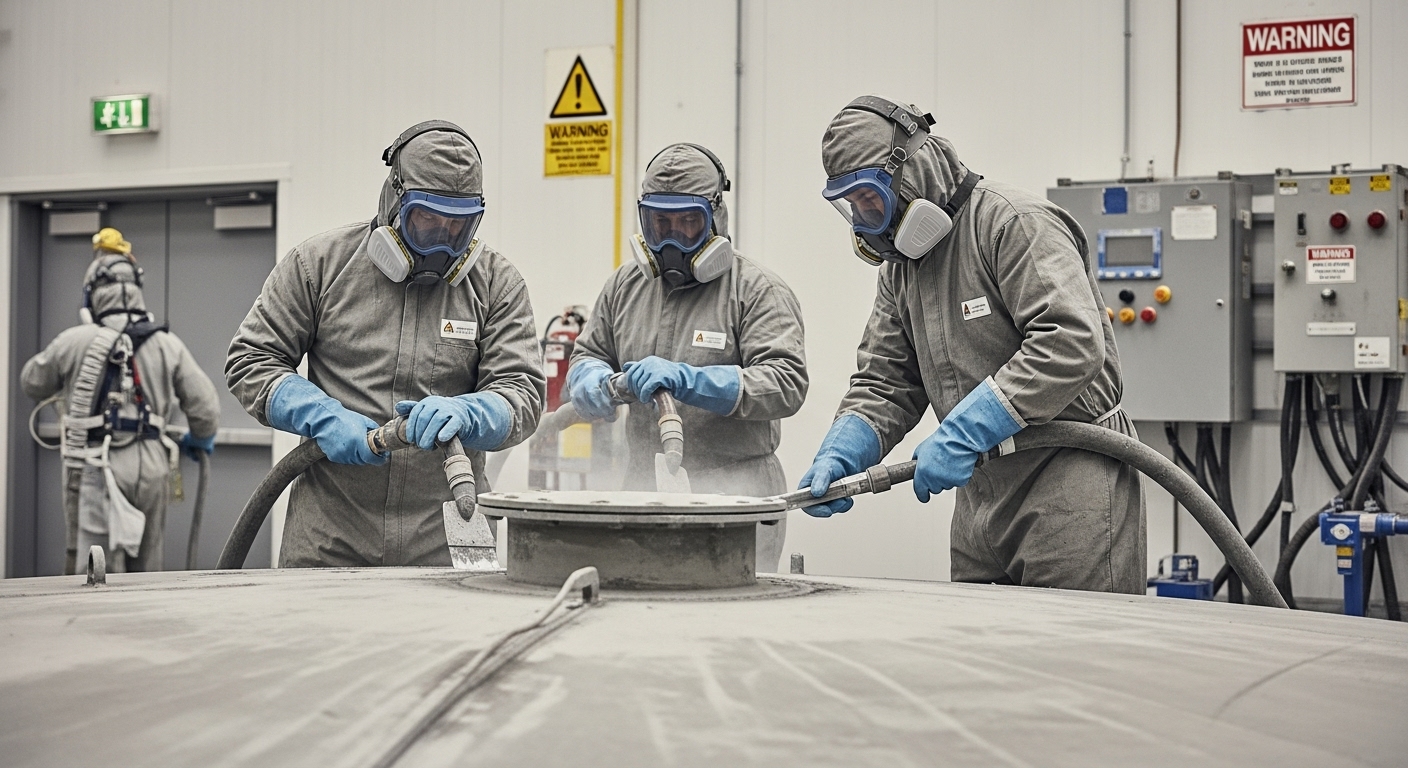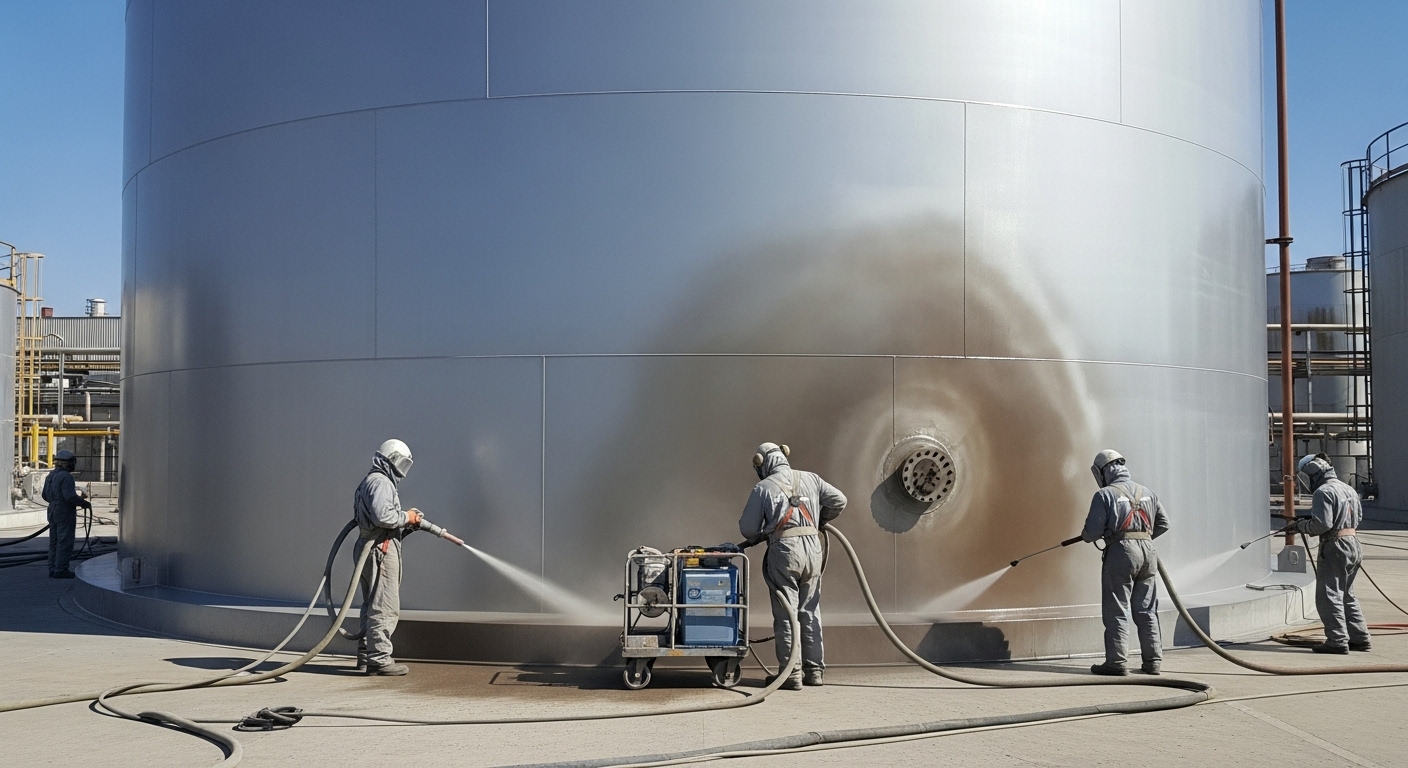Water tanks are the backbone of reliable water storage, but they often go unnoticed until something goes wrong. From supplying households to sustaining entire communities, a well-maintained tank is critical to ensuring safe and clean water. The challenge is that tanks age quietly.
Rust, coating failures, or unseen cracks may develop over time, and by the time you spot them, it can already be too late. That’s why knowing when to inspect water tanks is more than just a maintenance step—it’s about protecting public health and preserving valuable infrastructure.
Professional inspections don’t just identify problems; they help you catch early warning signs before they become costly repairs. If you’re unsure whether your tank is due for a checkup, understanding the signs can save you from significant risks. Let’s walk through the clear indicators that it’s time to call in experts for a professional water tank inspection.
Recognizing Structural Issues: Key Tank Condition Indicators That Demand Attention
One of the first red flags lies in the tank’s structure itself. Steel tanks, concrete tanks, and even composite tanks face wear over time due to exposure to water, chemicals, and weather elements. When visible cracks, corrosion patches, or leaks appear, they serve as urgent tank condition indicators. Ignoring these issues can compromise not only the tank’s strength but also its ability to safely store potable water.
Professionals often begin with a surface damage assessment, checking for signs of corrosion, flaking coatings, and pitting. Small blemishes can spread quickly when left untreated, leading to larger safety and water quality risks. In addition, experts evaluate welds, seams, and joints for structural weaknesses that may go unnoticed in routine checks.
Even subtle warning signs—such as uneven surfaces, bulging walls, or water stains—suggest the need for a deeper structural integrity assessment. Addressing these early ensures your tank remains stable, safe, and long-lasting.
Understanding Water Tank Inspection Schedules and Why Timing Matters
It’s not just about spotting problems—it’s about planning inspections before they escalate into major repairs. A recommended water tank inspection schedule depends on the type of tank, age, and usage. For example, municipal tanks or water towers storing large volumes typically require annual inspections, while smaller residential or industrial tanks may follow a different cycle.
A professional inspection includes reviewing the tank’s age, previous repairs, and its maintenance history. At this stage, inspectors often highlight immediate painting requirements, especially if coatings show early signs of blistering, peeling, or fading. Proper coating prevents corrosion, extends the tank’s lifespan, and safeguards water quality.
Ignoring your inspection timeline risks both compliance issues and health hazards. Beyond routine scheduling, tanks located in harsh climates or exposed to chemicals often require more frequent assessments to ensure coating systems and structure remain intact.
In short, following a consistent schedule prevents costly emergencies and keeps tanks compliant.
Spotting Inspection Frequency Triggers Through Coating and Paint Performance
Paint and coatings are more than cosmetic layers—they’re protective barriers against corrosion, leaks, and contamination. Knowing when to inspect water tanks often starts with noticing how well the coatings are holding up. For example, peeling or faded coatings are strong coating failure indicators, signaling that corrosion may be forming underneath.
Professionals evaluate the tank’s protective systems by testing adhesion, measuring thickness, and assessing chemical or UV resistance. Weak coatings leave steel tanks vulnerable to rust and concrete tanks open to erosion. During this step, surface damage assessment plays a critical role in deciding whether spot repairs, recoating, or a complete refinishing is needed.
Additionally, a professional will factor in preventive measures—such as applying food-grade or chemical-resistant coatings to protect water quality. By addressing these warning signs early, facility managers avoid contamination risks and major reconstruction costs in the future.
Clear Water Tower Assessment Signs That Should Not Be Ignored
For elevated towers, the risks and responsibilities are even greater. Water tower assessment signs include visible rust streaks, leaks from seams, or unusual vibrations in the structure. Because towers stand tall and face continuous weather exposure, deterioration tends to happen faster than in ground-level tanks.
Inspection teams tackle these with specialized tools and techniques. They account for elevated storage painting needs and identify weaknesses caused by wind, rain, and UV exposure. Often, this requires drone assessments or rope-access evaluations to overcome elevated inspection challenges.
Another critical factor is compliance. Towers must undergo a safety compliance check to ensure OSHA regulations and local guidelines are followed. Beyond visible damage, inspectors also assess ladders, platforms, and hatches that could present hazards to workers or compromise tank security.
If left unchecked, what looks like minor rust may evolve into a full-blown structural issue, threatening both safety and water supply reliability.
Linking Deterioration Signs to Preventive Measures for Long-Term Reliability
By the time a tank shows visible damage, repairs may already be urgent. That’s why preventive strategies are central to professional inspections. During an evaluation, inspectors identify risks such as early-stage corrosion, coating wear, or sealant breakdown. These findings directly connect to planning preventive measures tailored to the tank’s environment.
For example, tanks in coastal areas may require marine-grade coatings due to high salt exposure, while industrial tanks need chemical-resistant linings. Additionally, experts often provide guidance on maintenance planning—detailing how frequently cleaning, recoating, or surface treatments should take place.
Another overlooked but vital step is checking for immediate painting requirements and ensuring that dismantling paint removal from outdated or damaged layers happens before applying new protective systems. This step maximizes coating longevity and keeps tanks compliant with health and safety standards. Preventive planning isn’t just about fixing today’s problems—it’s about extending the life of water infrastructure for decades.
Don’t Ignore the Signs—Get Your Water Tank Professionally Inspected Today
Your water tank may look fine from the outside, but hidden problems could be putting your water quality, safety, and budget at risk. From peeling coatings to subtle cracks or rust streaks, the signs aren’t always obvious, but they are always important. Knowing when to inspect water tanks ensures you don’t miss these warning signals and allows professionals to step in before issues grow beyond control.
A proper inspection covers everything—structural strength, coatings, compliance, and future maintenance planning—giving you peace of mind and a clear roadmap for long-term reliability. Remember, inspections aren’t just about fixing problems; they’re about preventing them in the first place.
If you’ve noticed any of the warning signs discussed, don’t delay. Protect your investment and your community’s water safety. Get Immediate Professional Assessment and take the first step toward ensuring a safer, stronger, and longer-lasting water storage system.







